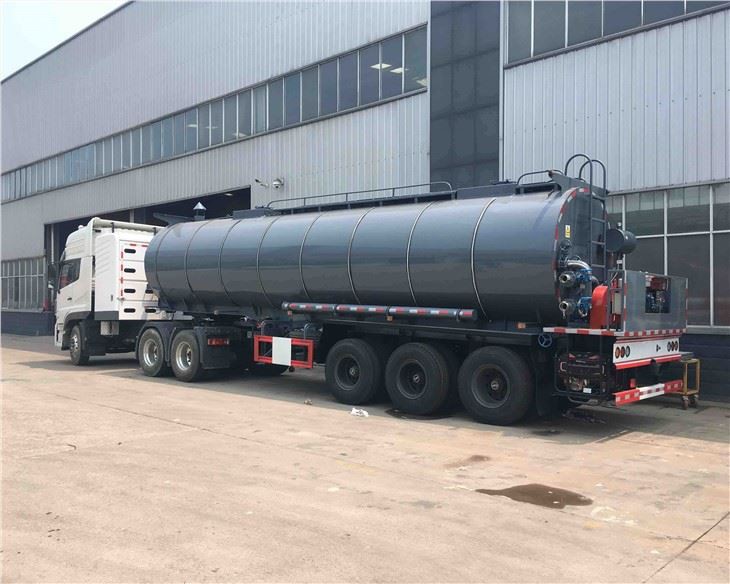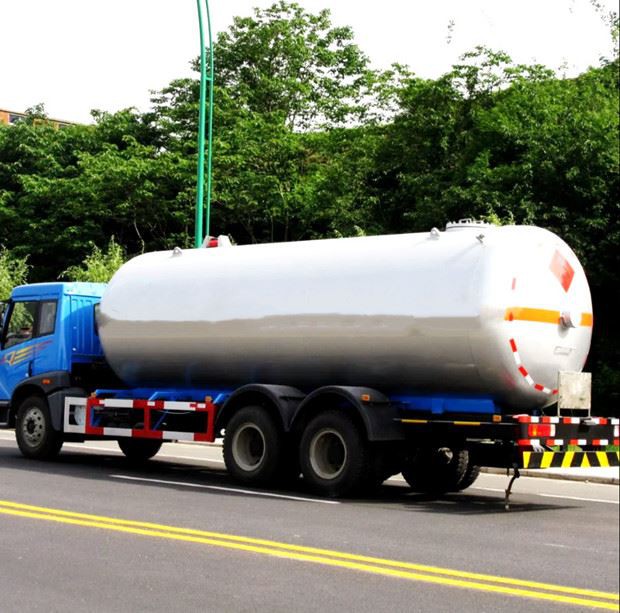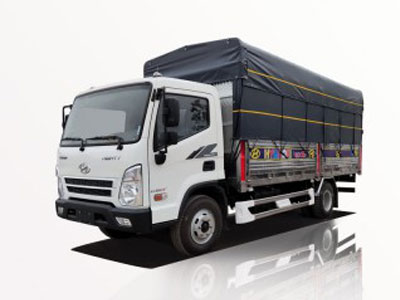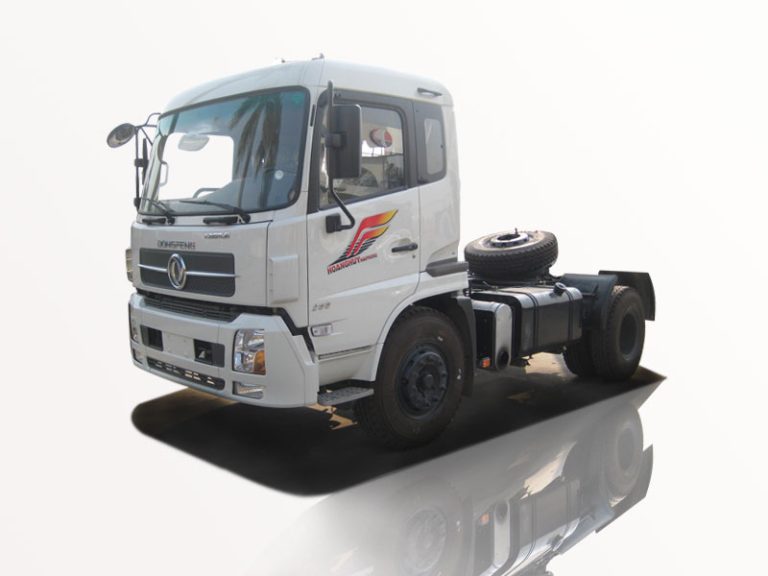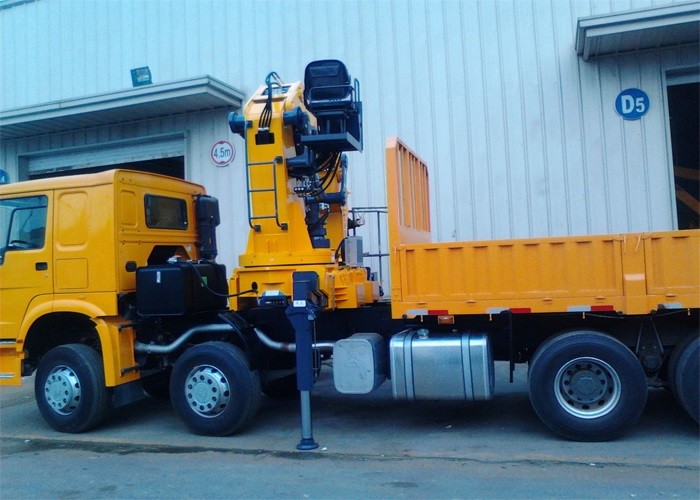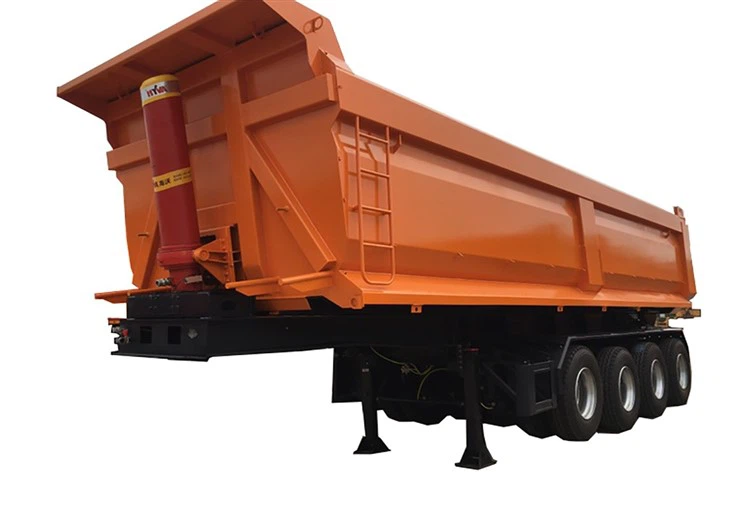In an age where sustainability is more important than ever, automated waste systems are emerging as an effective solution for managing waste efficiently. These systems use advanced technologies to streamline waste collection, sorting, and disposal processes, thus minimizing human intervention and maximizing efficiency. This article explores the different aspects of automated waste systems, their benefits, challenges, and practical applications across various sectors.
What Are Automated Waste Systems?
Automated waste systems refer to a range of technologies that facilitate the management of waste through automation. These systems include various components such as smart bins, robotics, sensors, and software solutions that work together to improve the efficiency and effectiveness of waste handling processes.
Key Components of Automated Waste Systems
- Smart Bins: Equipped with sensors and IoT technology, these bins monitor waste levels and can alert waste collection services when they are full.
- Robotic Sorters: Robots that can sort waste materials at a high speed and accuracy, reducing the need for manual labor.
- Data Analytics: Software that analyzes waste data to identify trends, optimize collection routes, and predict future waste generation.
- Automated Collection Vehicles: Vehicles designed to collect waste with minimal human intervention, often using GPS and AI for efficiency.
Benefits of Automated Waste Systems
Automated waste systems offer numerous advantages that can lead to significant improvements in waste management processes.
Enhanced Efficiency
Automated systems can process waste at a much faster pace than manual systems. For instance, robotic sorters can handle thousands of items per hour, vastly increasing the speed of waste processing.
Cost-Effectiveness
Though initial investment may be high, the long-term savings from reduced labor costs and improved efficiency can significantly outweigh expenses. Cities that have implemented automated waste systems have reported a decrease in operational costs.
Improved Accuracy
With technology handling waste sorting and classification, the risk of human error is greatly reduced. Automated systems can provide better accuracy in recycling rates and waste management reporting.
Environmental Benefits
Automated waste systems can contribute to a more sustainable environment by increasing recycling rates and reducing landfill waste. For example, smart bins can encourage recycling by providing feedback to users on their recycling habits.
Types of Automated Waste Systems
There are various types of automated waste systems designed for different applications. Here are a few examples:
1. Smart Waste Collection Systems
These systems utilize sensors in waste bins to monitor fill levels, optimizing collection routes for waste management vehicles. This approach reduces fuel costs and labor hours.
2. Robotic Sorting Technologies
Robotic sorters can automatically separate recyclables from waste materials. For instance, companies like AMP Robotics have developed AI-driven robots that can identify and sort different types of recyclables accurately.
3. Automated Recycling Facilities
These facilities use a combination of robotic arms, conveyors, and advanced optics to process recyclables. They can handle a broad spectrum of materials and process waste with fewer errors.
4. Composting Systems
Automated composting systems can turn organic waste into compost efficiently. They monitor temperature and moisture levels to ensure optimal composting conditions, minimizing human involvement.
Case Studies of Successful Implementation
Around the world, various cities and organizations have successfully adopted automated waste systems, showcasing their potential to revolutionize waste management.
1. San Francisco’s Zero Waste Initiative
San Francisco has implemented automated waste collection and sorting systems as part of its Zero Waste Initiative. The city has increased its recycling rate to over 80% by utilizing smart bins and robotic sorters.
2. Amsterdam’s Waste-to-Energy Facility
Amsterdam operates a fully automated waste-to-energy facility that converts garbage into energy, significantly reducing landfill waste and promoting sustainability. Advanced sorting technologies ensure that recyclables are efficiently extracted.
3. The City of Los Angeles
Los Angeles has integrated smart waste bins across the city, enabling data collection on waste generation patterns. The city has reported better route optimization for waste collection services, leading to reduced costs and environmental impact.
Challenges and Limitations
While automated waste systems offer numerous advantages, they also come with certain challenges that need to be addressed.
High Initial Costs
The upfront investment required for implementing automated waste systems can be substantial. Many municipalities may find it challenging to allocate budgets for these technologies.
Technical Issues
Reliability and maintenance of automated systems can be a concern. Technology can fail, and systems require regular updates and repairs to operate efficiently.
Resistance to Change
In some cases, public resistance to new technology can hinder the implementation of automated waste systems. Education and outreach may be necessary to gain community support.
Future of Automated Waste Systems
The future of automated waste systems looks promising, with advancements in technology offering new opportunities for waste management.
Artificial Intelligence and Machine Learning
Artificial intelligence is playing an increasingly crucial role in waste management. Future applications might include smart algorithms for predicting waste generation or AI-powered robots capable of sorting with enhanced precision.
Integration with Smart Cities
As cities become smarter, the integration of automated waste systems with other smart technologies will become more common, leading to optimized urban management. This could include real-time data sharing among city departments for better decision-making.
Global Adoption Trends
Countries across the globe are embracing automated waste systems. As environmental policies tighten and sustainability becomes a priority, the demand for such technologies is expected to rise.
Implementation Tips for Businesses and Municipalities
Successful implementation of automated waste systems requires careful planning and execution. Here are some tips:
1. Conduct a Needs Assessment
Evaluate the current waste management processes to identify pain points and areas for improvement.
2. Engage Stakeholders
Include community input and feedback during the planning process to ensure buy-in and usage of the new systems.
3. Invest in Training
Ensure that staff are trained to operate and maintain the new technologies effectively.
4. Monitor and Evaluate
Continuously assess the performance of the automated waste system and make adjustments as necessary based on data collected.
FAQ About Automated Waste Systems
1. What are the main advantages of automated waste systems?
The main advantages include enhanced efficiency, cost-effectiveness, improved accuracy, and environmental benefits.
2. How much does it cost to implement an automated waste system?
Initial costs can vary widely based on the technology chosen, municipality size, and other factors, often ranging from tens of thousands to millions of dollars.
3. Can automated waste systems help increase recycling rates?
Yes, these systems improve the efficiency of sorting and processing recyclables, often leading to higher recycling rates.
4. What technologies are used in automated waste systems?
Key technologies include smart bins, robotic sorters, IoT sensors, and data analytics software.
5. Are there any notable cities using automated waste systems?
Yes, cities like San Francisco, Amsterdam, and Los Angeles have successfully integrated automated systems in their waste management practices.
6. What are the key challenges in adopting automated waste systems?
Key challenges include high initial costs, potential technical issues, and public resistance to change.
